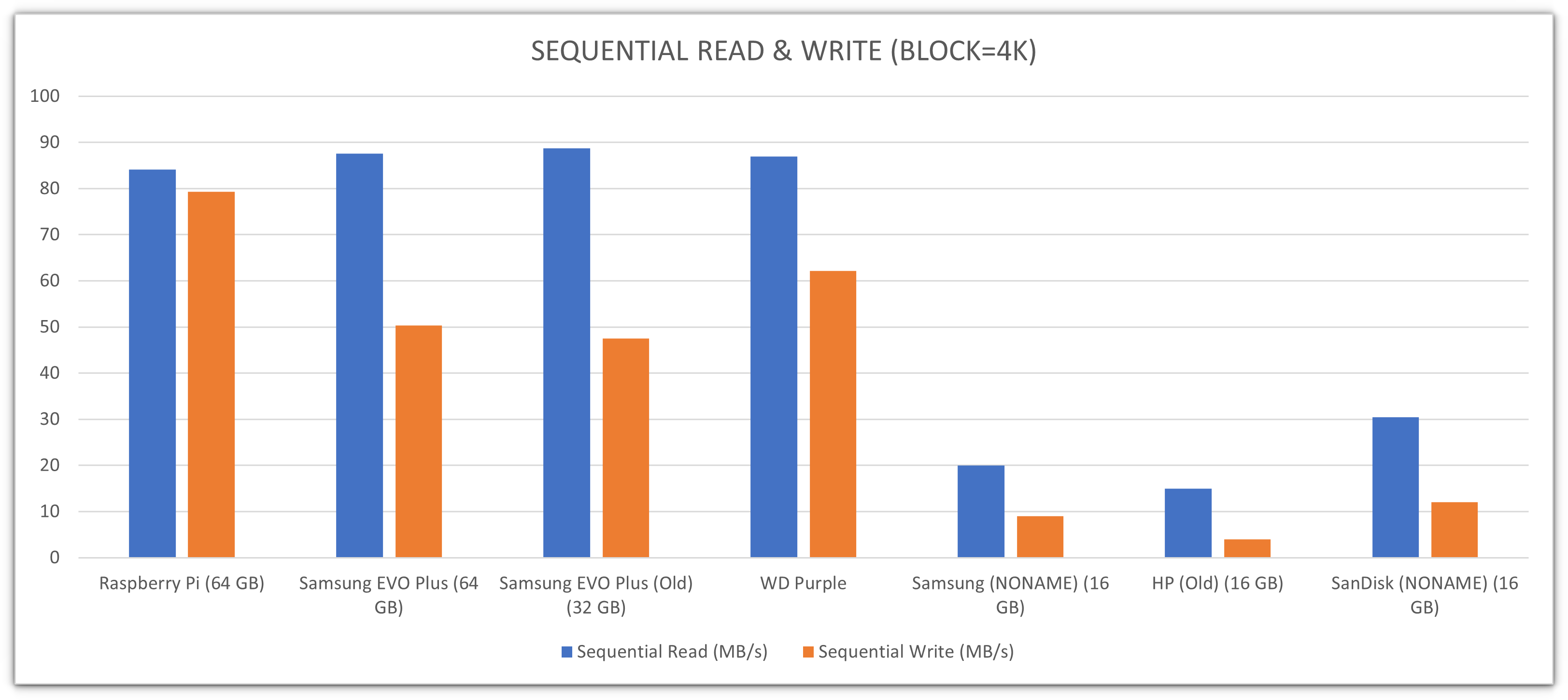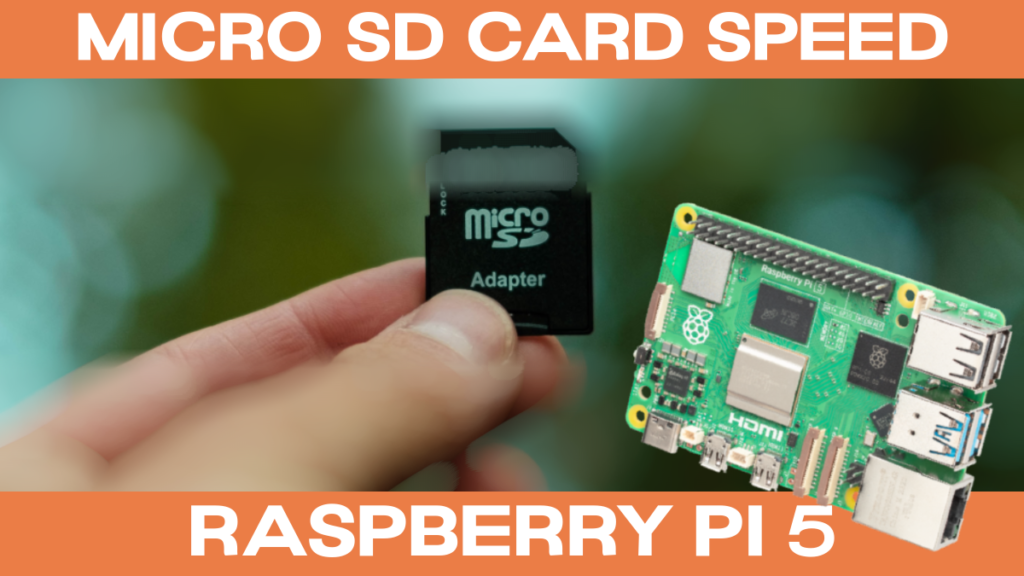Ever wonder how to keep a watchful eye on your Raspberry Pi's SD card, no matter where you are, without spending a dime? It's not just a dream; it's a practical reality within reach of every tech enthusiast and DIY hobbyist. We're diving deep into the world of remote monitoring for your Raspberry Pi, a strategy that empowers you to manage your projects and safeguard your data with unprecedented ease and efficiency.
Imagine yourself, perhaps lounging on a sun-kissed beach, sipping a refreshing pia colada, while your Raspberry Pi, back at the office or home, diligently carries out its tasks. Now, picture a scenario where an unforeseen issue arises with its SD card a critical component. Would you be able to address the problem promptly? Fortunately, with remote monitoring, you absolutely can. This guide will not only demonstrate how to accomplish this, but will also detail the steps, tips, and tricks necessary to master the process, all while saving you money.
Whether your interest lies in setting up a home automation system, constructing a sophisticated weather station, or establishing a multimedia server, this guide is meticulously crafted to equip you with the necessary knowledge. We'll break down the setup process step-by-step, share professional insights, and offer practical advice to enhance your experience. Let's get started.
- Where Is Kdot From Unveiling Kendrick Lamars Compton Roots
- Drag Bikes The Ultimate Speed Machines How To Get Started
| Topic | Details |
| Introduction to Remote Monitoring | Understanding the concept of remotely monitoring your Raspberry Pi. |
| Raspberry Pi Basics | Fundamental information about the Raspberry Pi and its components. |
| SD Card Importance | Why SD card monitoring is essential for your Raspberry Pi. |
| Free Tools for Remote Monitoring | Exploring the available free tools for remote monitoring. |
| Setup Process | Step-by-step instructions for setting up remote monitoring. |
| Troubleshooting Tips | Common issues and solutions for remote monitoring. |
| Security Aspects | Key security measures to consider. |
| Advanced Techniques | Advanced monitoring strategies for your Raspberry Pi. |
| Common Mistakes to Avoid | Common pitfalls and how to circumvent them. |
Remote monitoring, at its core, is the capability to oversee the performance, storage utilization, and overall health of your Raspberry Pi from any location worldwide. This capability is not merely a convenience; it's a necessity, especially when you rely on your Raspberry Pi for critical applications or servers. Imagine the potential consequences if your SD card becomes full or, worse, corrupted. Such a situation could halt your entire setup, leading to considerable disruption and data loss. By remotely monitoring your system, you gain the ability to identify and address potential issues before they escalate into major problems. This preemptive approach provides peace of mind, allowing you to ensure the smooth operation of your home automation system, weather station, or media server. And the most appealing aspect is that it's simpler than you might think.
For those new to the Raspberry Pi world, a quick recap of the essentials is beneficial. The Raspberry Pi, a single-board computer, is celebrated for its compact size, affordability, and remarkable versatility. At its core is an SD card, which serves as the primary storage unit. This SD card houses the operating system, applications, and data, making it the heart of your Raspberry Pi setup. The health and performance of the SD card are, therefore, paramount.
Several key points to remember include:
- Various Raspberry Pi models exist, each with unique specifications and capabilities, impacting their performance and suitability for different tasks.
- The SD card is vital for storing the OS and data, meaning its health and performance are crucial for system functionality.
- A wide range of operating systems can be run on a Raspberry Pi, including Raspbian, Ubuntu, and more, providing flexibility for different project requirements.
Why Raspberry Pi?
The Raspberry Pi is a favorite among tech enthusiasts for several reasons, including:
- Its affordability and accessibility, making it a great option for beginners and seasoned professionals.
- High customizability that accommodates a wide variety of projects.
- A large and active community of users, offering tutorials, advice, and support.
Monitoring your Raspberry Pi's SD card is crucial. The SD card is integral to the Raspberry Pi's operation. Its like the central nervous system of your system, and its failure can lead to a complete system failure. Regular monitoring is therefore not just recommended but necessary to keep your system running effectively.
SD cards are susceptible to degradation over time. They have a limited lifespan, defined by a finite number of write cycles. Each write operation diminishes the card's integrity. If your system is constantly writing data, such as in a server application, your SD card may wear out more quickly than expected.
SD cards are vulnerable to corruption. Power outages, improper shutdowns, or software bugs can cause data corruption. Data loss or system instability can result from this.
SD cards can fill up quickly. This is particularly true for applications that generate large amounts of data. If your SD card runs out of space, the Raspberry Pi may stop functioning properly. The consequences can be significant and often require manual intervention to restore functionality.
| Raspberry Pi SD Card - Critical Metrics | Importance |
| Storage Capacity | Critical for operations. Ensure adequate space to prevent system halts. |
| Read/Write Speed | Affects application performance; slow speeds can indicate SD card issues. |
| Health Status | SD cards wear out over time. Monitoring health predicts potential failures. |
| Temperature | Extreme temperatures accelerate SD card degradation. |
| File System Errors | Errors can lead to data loss and system crashes; regular checks are vital. |
Fortunately, several free tools are available to assist you in remotely monitoring your Raspberry Pi's SD card. The following tools are recommended:
1. SSH (Secure Shell)
SSH is a protocol enabling secure remote connections to your Raspberry Pi. Using SSH, you can execute commands, check disk usage, and even restart your Pi when necessary. Its an essential tool for any remote monitoring setup.
Setting up SSH involves enabling it on your Raspberry Pi. Then, use a client like PuTTY for Windows or Terminal for Mac/Linux to connect. This allows you to manage the Raspberry Pi through a command-line interface remotely.
2. Webmin
Webmin provides a web-based interface to manage your Raspberry Pi remotely. This interface offers a user-friendly dashboard for monitoring disk usage, managing users, and configuring various settings. It's great for beginners.
Webmin is free and straightforward to install. Just follow the official instructions, and youll be up and running. The simplicity of Webmin makes it a perfect choice for those who prefer a graphical interface.
3. Grafana
Grafana is a powerful tool for data visualization, ideal for monitoring your Raspberry Pis performance, including CPU usage, memory consumption, and disk usage. It is a great way to see the details of performance over time.
While Grafana itself is free, pairing it with a data source like InfluxDB or Prometheus is essential to harness its full potential. These tools are also free and relatively easy to set up. Together, Grafana and its data sources provide an in-depth view of your Raspberry Pi's performance.
Now, let's walk through the setup process. This section focuses on SSH, known for its ease of use and versatility in remote monitoring.
Step 1: Enable SSH on your Raspberry Pi. This is typically done by running the command:
sudo raspi-config
This command opens the Raspberry Pi configuration tool, which allows you to enable various settings, including SSH.
Step 2: Find your Raspberry Pi's IP address by running:
hostname -I
This command displays the IP address of your Raspberry Pi, which is crucial for establishing a remote connection.
Step 3: Install an SSH client on your computer. PuTTY is available for Windows users. Mac and Linux users can utilize the built-in Terminal app.
Step 4: Connect to your Raspberry Pi via the IP address you noted earlier. Upon connection, you can execute commands to check disk usage, monitor performance, and more.
Even with the most advanced tools, issues can arise. Here are some troubleshooting tips to keep in mind:
- If SSH connectivity fails, double-check your IP address and confirm SSH is enabled.
- If your SD card is rapidly filling, consider transferring large files to an external drive or cloud storage.
- If your SD card becomes corrupted, use tools like SD Card Formatter to restore it. This can often resolve the issue and recover data.
Security is paramount in remote monitoring. Unauthorized access can severely compromise your system. Here are essential security measures:
- Use strong, unique passwords and consider enabling two-factor authentication (2FA) for added security.
- Keep your software updated to address known vulnerabilities. Regular updates are essential for system security.
- Limit access to your Raspberry Pi using firewalls or IP address restrictions.
Once you've mastered the basics, explore advanced techniques to elevate your remote monitoring capabilities.
1. Automate Disk Cleanup
Set up a cron job to automatically remove unnecessary files to free up space on your SD card. Automated cleanup ensures efficient use of storage.
2. Monitor Temperature
Use tools like lm-sensors to monitor the Raspberry Pis temperature. This is crucial to prevent overheating.
3. Set Up Alerts
Configure your monitoring tools to send alerts if issues arise, such as high disk usage or abnormal temperatures. This immediate notification allows you to respond promptly.
Here are common mistakes to avoid in remote monitoring:
- Improperly securing your SSH connection, leaving your system vulnerable to attacks.
- Ignoring warning signs, such as increasing disk usage or performance drops. Proactive management is vital.
- Neglecting regular data backups. Data loss can occur if issues arise without a backup strategy.
- Explore Hd Hubearth Revolutionizing Satellite Imagery More
- Unveiling Palm Beach Mugshots The Stories Behind The Photos


